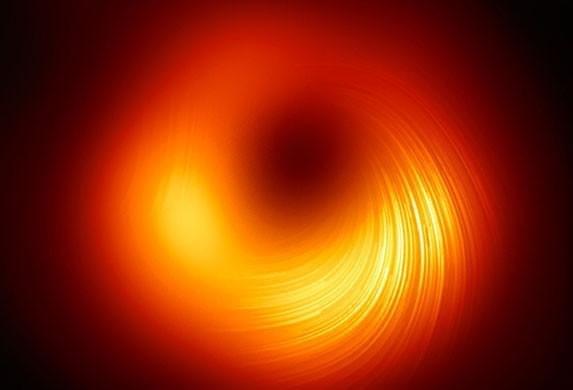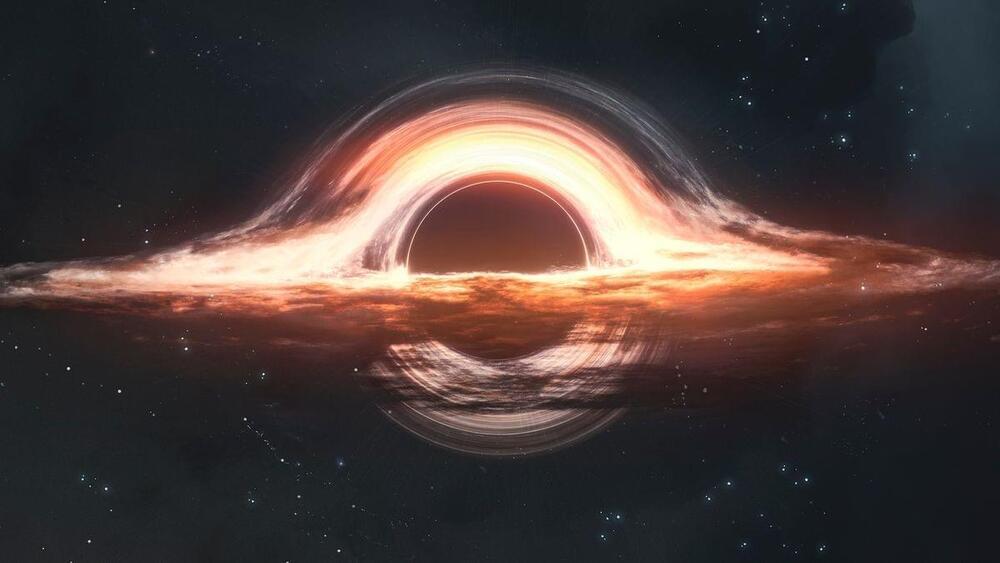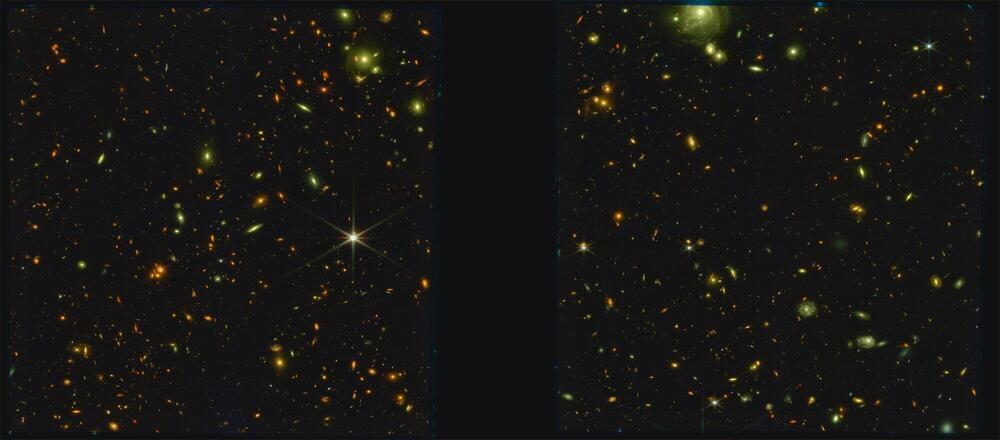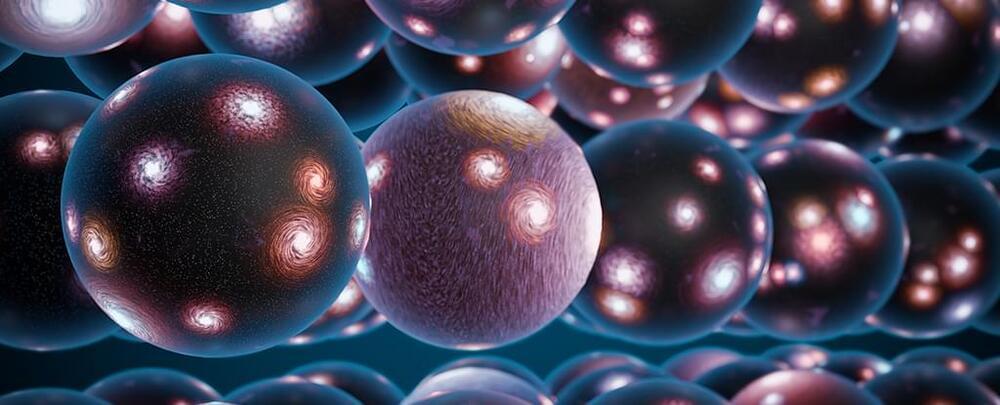This week, researchers reported the world’s second-tiniest toad, winning the silver in the Brachycephalus contest. Chemists at UCLA disproved a 100-year-old organic chemistry rule. And researchers in Kenya report that elephants don’t like bees, which could be a conservation boon (for the elephants. And maybe also the bees?). Additionally, scientists addressed an old thought experiment about monkeys and the theater, physicists correlated dark energy with the black hole population in the universe, and a group of Antarctic seals were found to be highly strategic and also adorable:








